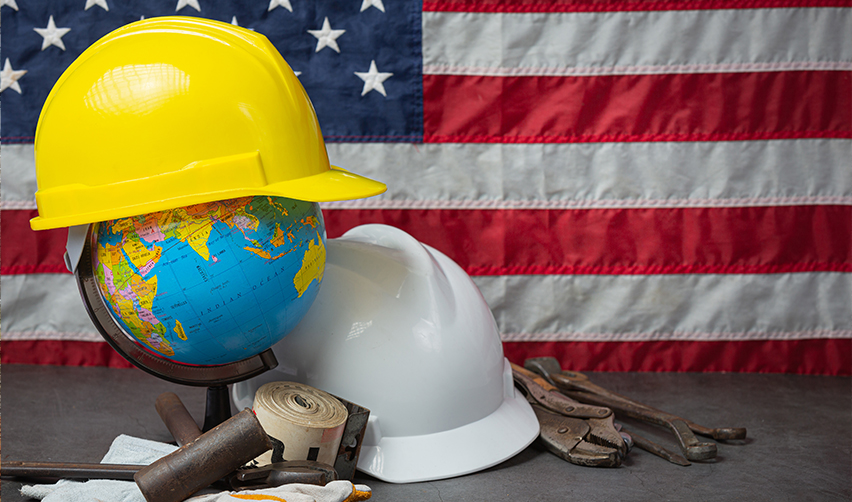From natural disasters to climate change, many forces can devastate communities across the country. Whether it’s an earthquake in California or a flood in Louisiana, the problem is the same. Communities need significant financial resources to rebuild these affected areas, and they must actively search for more funds to resolve their pressing issues.
While not as publicized as other options, the EB-5 program, also known as the EB-5 Immigrant Investor Program, can support relief efforts, stabilize the economy, and help communities prepare for future disasters.
Using EB-5 Funds for Disaster Relief
Injecting investment capital into a stable area isn’t always the starting point for EB-5 capital. It can also serve as disaster relief. After a hurricane hits a coastal town, for example, it could wipe out a local hotel, which can lead to job losses and economic hardship.
However, by investing in the development of a new hotel through the EB-5 program, investors can help create new jobs and contribute to the community’s recovery.
This situation happened in Puerto Rico, after Hurricane Maria, when an EB-5 project led to the reopening of a historic hotel and luxury resort in 2021. The commonwealth was struggling after several years of hurricanes and earthquakes had racked up nearly $100 billion in damage.
In 2012, after Superstorm Sandy, New York City also benefited from EB-5 capital. It also contributed to restoring Long Island City, the neighborhood in Queens, and the hamlet Hicksville.
Despite its potential, few people even know about this potential use of the EB-5 program. Some regional centers have used it for projects aiding in the disaster recovery process, such as after hurricanes Katrina and Harvey.
These EB-5 funds can complement other grants, such as the Community Development Block Grant (CDBG) Mitigation funds offered by the U.S. Department of Housing and Urban Development (HUD). Their primary goal is to minimize the dangers of future disasters and foster resilience.
TEAs Span the Country
This approach toward disaster relief is not limited to a single type of disaster or to a single area in the United States. While EB-5 projects can be located anywhere, EB-5 investors need a smaller initial investment for targeted employment areas (TEAs). These areas are rural or designated as low employment (also known as urban). With both rural and urban classifications, TEAs face distinct challenges. For instance, EB-5 projects in Montana have endured wildfires, while Kansas projects may encounter tornados.
Through their investments in the EB-5 program, foreign nationals help to ease the financial pressure on taxpayers for these projects, as well as provide Americans with jobs. Regardless of the location, by investing in a TEA through a regional center, investors can create jobs and help the community recover from natural disasters. Many people need housing after a hurricane or flood, and EB-5 projects often consist of residential real estate developments.
Pushing for Change with EB-5 Projects
Fueled by entrepreneurs, the EB-5 program can also contribute to disaster relief and prevention through innovation. In 2017, an EB-5 investor contributed $500,000 to fund a solar energy project in Puerto Rico that helped the island recover from Hurricane Maria and move closer to clean energy.
Real estate development firms have also discussed using EB-5 capital to invest in sustainable future projects. This can support communities as they transition to a more sustainable economy.
The EB-5 program has the potential to be a valuable tool in disaster relief efforts. By investing in TEAs, disaster-prevention infrastructure, and renewable energy projects, foreign nationals can help communities recover from disasters and fortify themselves in the face of future events. It is crucial that we use all available resources, including the EB-5 program, to their full potential, as natural disasters become more frequent and severe.












